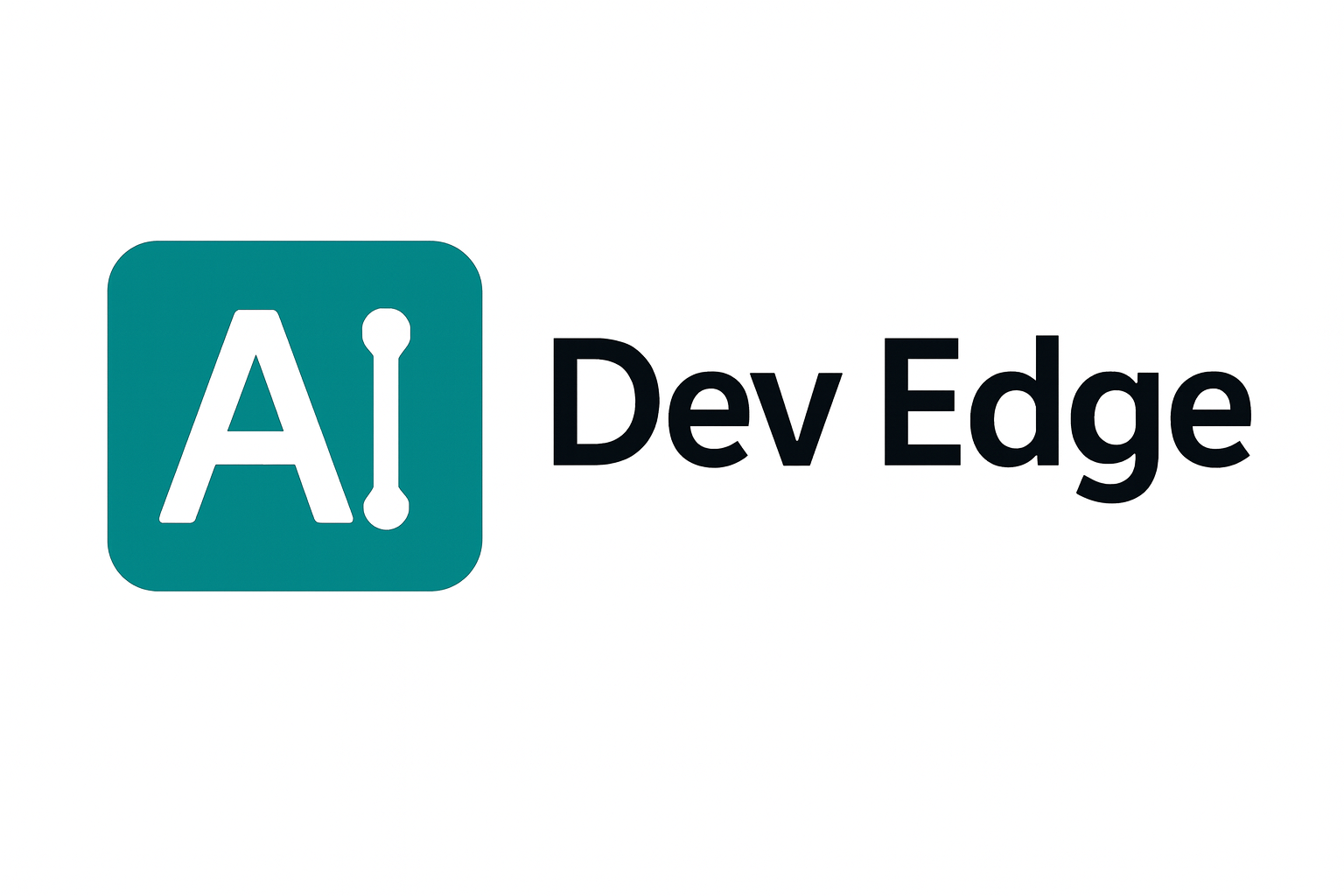Leveraging AI for Enhanced Compliance in Salesforce Implementations
In today's fast-paced digital landscape, businesses must navigate a complex web of regulatory requirements. For organizations using Salesforce, ensuring compliance while maintaining data security is paramount. Enter the AI-powered compliance governance assistant, a tool that leverages Salesforce's Einstein Trust Layer. This solution not only detects sensitive fields but also secures them, providing a robust framework for regulatory alignment and customer data protection.
Understanding the Einstein Trust Layer
Salesforce's Einstein Trust Layer serves as the backbone for this compliance assistant, ensuring the secure and efficient processing of data. This layer incorporates advanced AI capabilities to analyze and manage data effectively.
Key Features of the Einstein Trust Layer
- Named Entity Recognition (NER): Utilizes AI to detect and classify sensitive information, such as names and addresses, within Salesforce fields.
- Data Security: Provides comprehensive security measures to protect sensitive data from unauthorized access.
Sensitive Field Detection with Named Entity Recognition
Named Entity Recognition (NER) is a critical component of the compliance assistant. By identifying and classifying sensitive data, NER ensures that all necessary precautions are taken to protect customer information.
Practical Application of NER
- Use Case: A financial services company uses NER to automatically detect and classify sensitive fields containing customer financial data, ensuring compliance with regulations like GDPR.
- Benefits: Reduces manual oversight, minimizes errors, and enhances data security.
Protecting PII with Salesforce Shield
Salesforce Shield's field-level security is instrumental in safeguarding Personally Identifiable Information (PII). The AI-powered assistant seamlessly integrates with Shield to mask sensitive fields.
Implementing Field-Level Security
- Field Masking: Automatically masks PII fields, such as Social Security numbers or credit card details, ensuring that only authorized personnel have access.
- Example: A healthcare organization uses field-level security to protect patient information, maintaining HIPAA compliance.
Comprehensive Activity Logging with Event Monitoring
Activity logging is crucial for maintaining transparency and accountability. The compliance assistant logs all AI prompt and response activities in Salesforce's Event Monitoring system.
Benefits of Event Monitoring
- Real-Time Insights: Provides a detailed record of AI interactions, ensuring that all activities are tracked and auditable.
- Example: An e-commerce platform uses event monitoring to track AI-driven recommendations, ensuring compliance with consumer protection regulations.
Secure Data Storage with Shield-Encrypted Objects
To further enhance data security, the compliance assistant writes compliance records into a custom Shield-encrypted object. This ensures that all sensitive data is stored securely.
Advantages of Shield-Encrypted Storage
- Enhanced Security: Encrypts data at rest, protecting it from potential breaches.
- Regulatory Alignment: Supports compliance with stringent data protection laws, such as CCPA and GDPR.
Conclusion: Ensuring Compliance and Data Security
The AI-powered compliance governance assistant for Salesforce implementations offers a comprehensive solution for managing regulatory requirements and protecting customer data. By leveraging the Einstein Trust Layer, organizations can ensure sensitive fields are detected, secured, and logged efficiently.
FAQs
How does the compliance assistant enhance data security?
The assistant uses AI to detect and classify sensitive data, integrates with Salesforce Shield for field-level security, and logs activities in Event Monitoring for transparency.
Can this solution help with GDPR compliance?
Yes, the assistant's capabilities, such as NER and field-level security, align with GDPR's requirements for data protection and privacy.
Is the implementation of this assistant complex?
Implementation is streamlined through Salesforce's existing infrastructure, making it accessible for organizations already using Salesforce.
